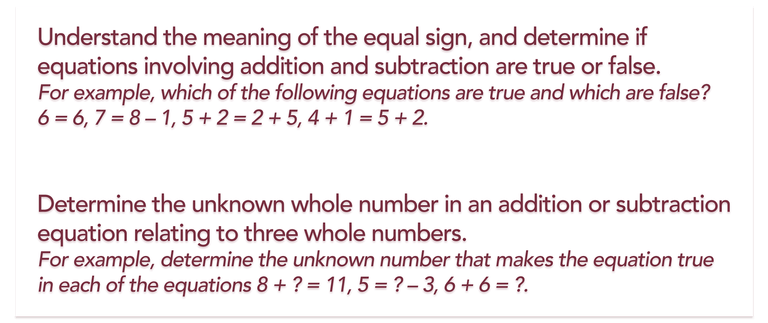Equivalent fractions are fractions that have the same value or represent the same part of an object. If a pie is cut into two pieces, each piece is also one-half of the pie. If a pie is cut into 4 pieces, then two pieces represent the same amount of pie that 1/2 did. We say that 1/2 is equivalent to 2/4.
3 4 3 4 Equals
Things 3 8 4 Equals 6
3 pounds = an average human brain 4 pounds = an ostrich egg 5 pounds = a Chihuahua 6 pounds = a human skin 7.5 pounds = an average newborn 8 pounds = a human head 10 pounds= chemical additives an American consumes each year 11 pounds = an average housecat 12 pounds = a Bald Eagle 15 pounds = 10 dozen large eggs 16 pounds = a sperm whale’s brain. In mathematics, a set is a collection of distinct elements or members. The elements that make up a set can be any kind of things, people, letters of the alphabet, or mathematical objects, such as numbers, points in space, lines or other geometrical shapes, algebraic constants and variables, or even other sets.
Fractions are determined to be equivalent by multiplying the numerator and denominator of one fraction by the same number. This number should be such that the numerators will be equal after the multiplication. For example if we compare 1/2 and 2/4, we would multiply 1/2 by 2/2 which would result in 2/4 so they are equivalent.

5 8 Equals Mm
To compare 1/2 and 3/7 we would multiply 1/2 by 3/3 to produce 3/6. Since 3/6 is not the same as 3/7, the fractions are not equivalent.
Things 3 8 4 Equals 1/3
- Fractions equivalent to 1/2 are 2/4, 3/6, 4/8, 5/10, 6/12 ...
- Fractions equivalent to 1/3 are 2/6, 3/9, 4/12, 5/15, ...
- Fractions equivalent to 1/4 are 2/8, 3/12, 4/16, 5/20, ...
- Fractions equivalent to 1/5 are 2/10, 3/15, 4/20, 5/25, ...
- Fractions equivalent to 2/5 are 4/10, 6/15, 8/20, 10/25, ...